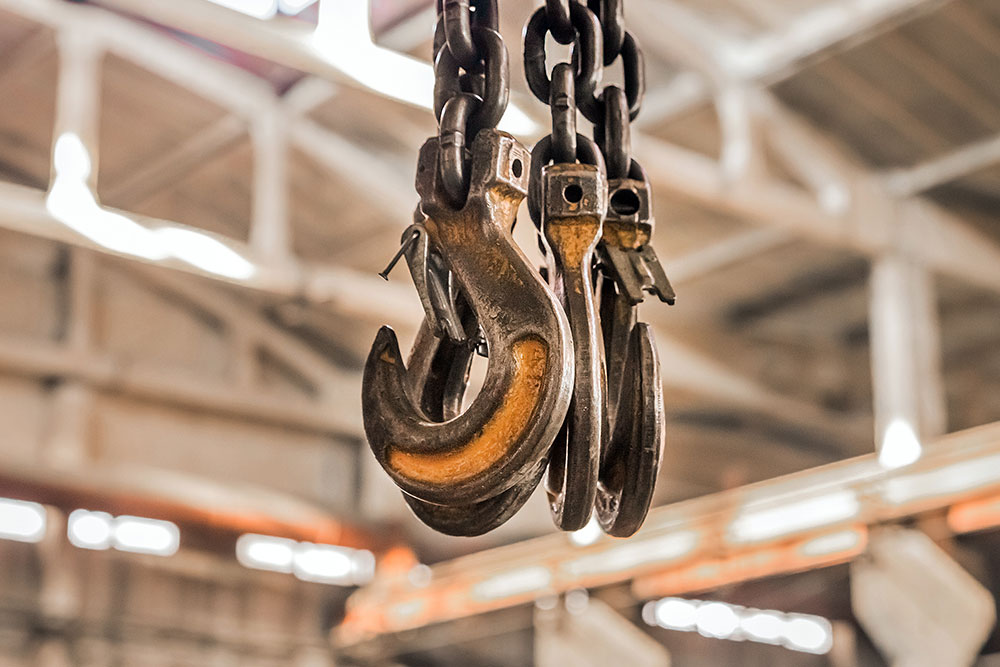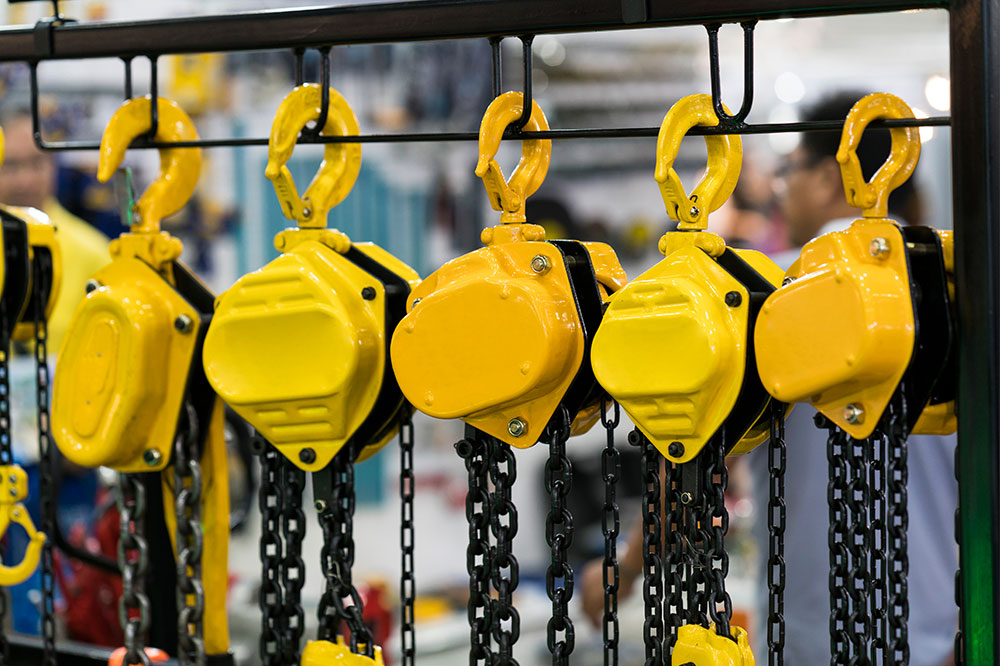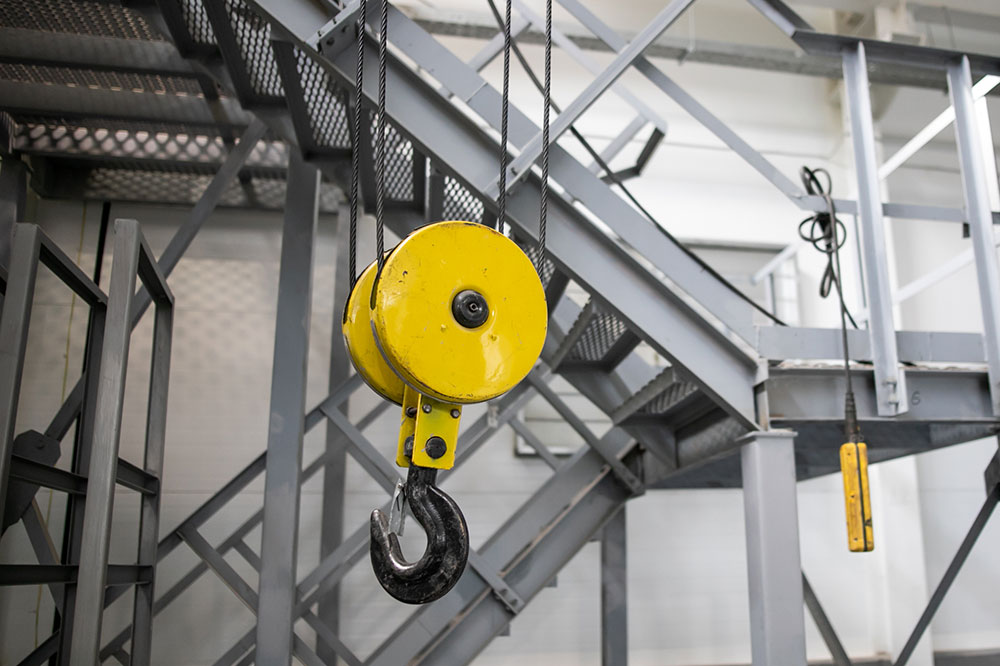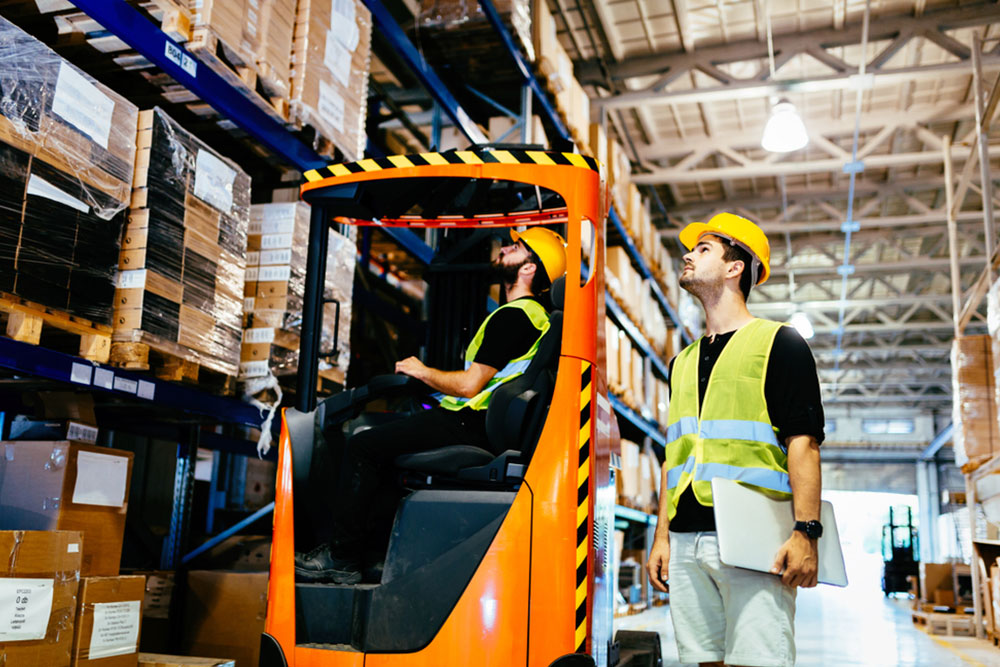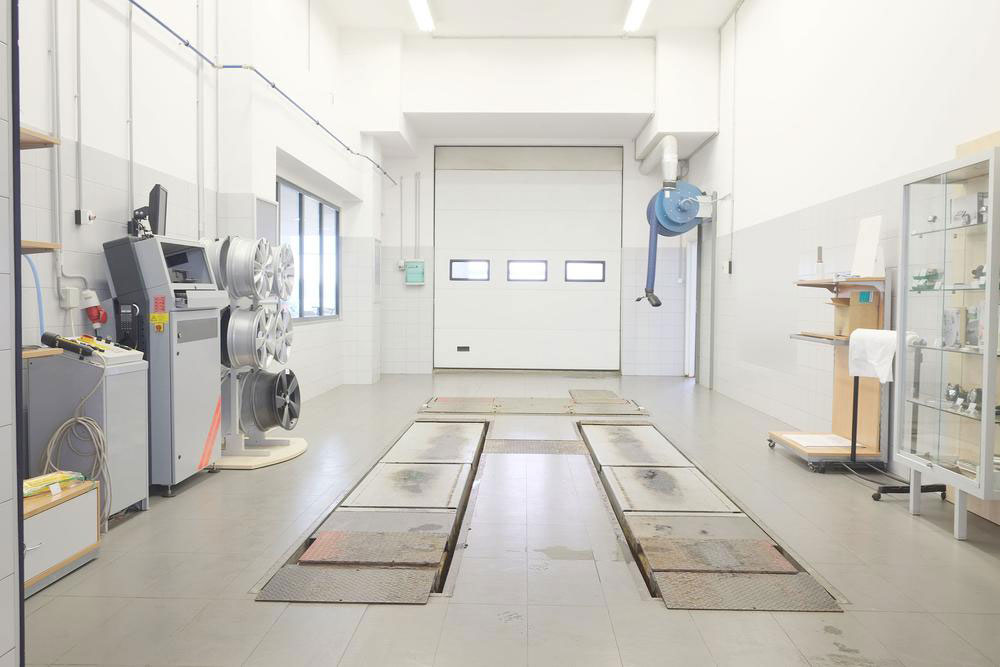Comprehensive Guide to Hoisting Machinery and Its Industrial Applications
This comprehensive guide explores the types, operations, and industrial applications of hoisting machinery. It discusses powered and manual hoists, safety features, and industry-specific uses, emphasizing their importance in construction, manufacturing, logistics, and more. Learn how these versatile tools improve efficiency, safety, and cost-effectiveness across sectors. Whether for large-scale industrial tasks or small maintenance jobs, understanding hoisting equipment is essential for optimizing performance and ensuring safety standards in heavy lifting operations.
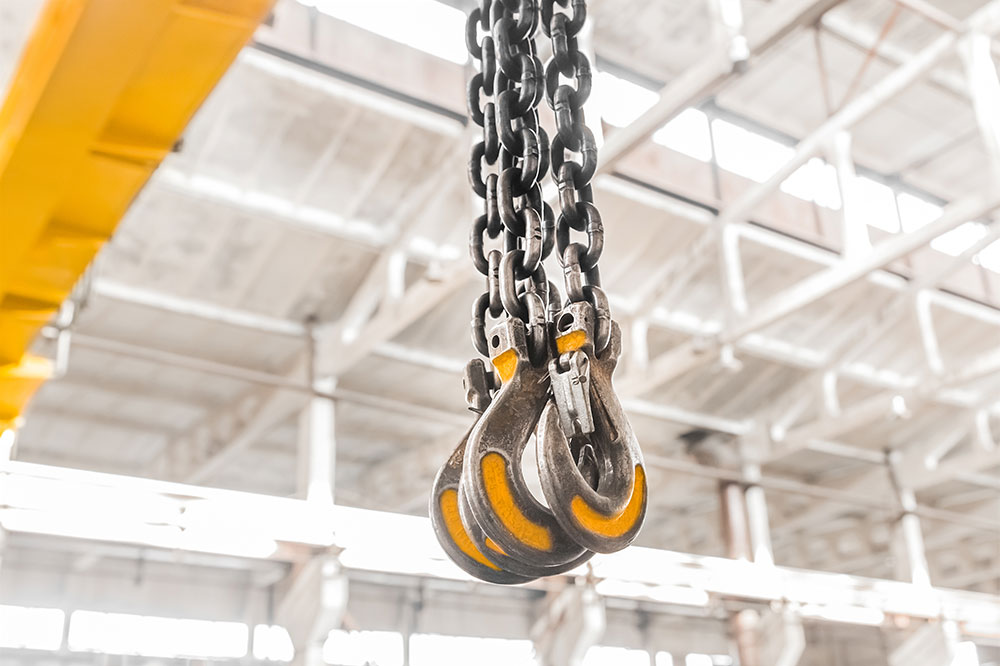
Comprehensive Guide to Hoisting Machinery and Its Industrial Applications
Hoisting machinery, often referred to as lifting equipment or hoists, plays a crucial role in various industries by enabling the efficient and safe lifting, lowering, and moving of heavy loads. These systems, which utilize wire ropes, chains, or belts, are integral to modern manufacturing, construction, logistics, and maintenance operations. They are designed to handle significant weight capacities and facilitate precise positioning of materials and equipment. Understanding the different types of hoisting devices, their operational mechanisms, safety features, and applicable industries can greatly improve operational efficiency and safety standards. This detailed guide explores the fundamental aspects of hoisting machinery, providing insights suitable for professionals seeking comprehensive knowledge on this vital equipment.
What is Hoisting Machinery and How Does It Work?
Hoisting machinery encompasses a range of equipment engineered to lift, lower, and transport heavy objects in an organized and secure manner. They are essential in scenarios where manual handling is not feasible due to the weight, size, or hazardous nature of materials. These machines utilize various mechanical systems including wire ropes, chains, pulleys, and hydraulic or electric power sources to achieve their lifting functions. The operation of hoisting equipment involves precise control of movement, often facilitated through wireless remote controls, wired pendant stations, or manual levers, depending on the nature of the application.
Modern hoisting systems are engineered with advanced safety mechanisms, load monitoring, and ergonomic controls to enhance user safety and operational accuracy. They are adaptable to multiple environments, including indoor industrial settings, outdoor construction sites, and even maritime applications. The versatility and robustness of hoisting machinery make them indispensable across diverse sectors, where the demand for safe, reliable, and efficient load management continues to grow.
Defining Material Hoists and Their Functionality
A material hoist is a specialized type of hoisting equipment designed specifically to manage the vertical movement of construction materials, tools, or heavy components. These devices are crucial in building projects, manufacturing plants, and logistical operations where large quantities of materials must be transported efficiently. Material hoists come in various models, including manual, electric, or hydraulic variants, each suited to different operational needs and load capacities. They can be mounted on carts, bases, or fixed structures, providing flexibility in usage.
These hoists operate under strict safety standards, incorporating features such as overload protection, emergency stops, and secure grounding systems. For safe and efficient operation, personnel should follow manufacturer guidelines and undergo proper training. Whether used in construction sites for moving concrete blocks or in warehouses for stacking heavy pallets, material hoists streamline workflows and significantly reduce manual labor risks.
Industries That Rely Heavily on Hoisting Equipment
Hoisting equipment is vital across numerous industries that require the lifting of heavy or bulky objects. In warehousing and logistics, hoists facilitate the stacking and retrieval of goods, optimizing space and efficiency. Steel manufacturing plants utilize gantry and chain hoists to handle molten metal and heavy steel beams. In paper mills and printing factories, hoisting gear ensures smooth handling of large rolls and machinery components. The automotive industry relies on hoists for vehicle assembly, parts installation, and maintenance tasks.
Beyond these, various other sectors harness hoisting machinery for critical operations. Mining companies depend on robust hoists for transporting ore and equipment deep underground. The maritime industry uses specialized hoists for shipbuilding and cargo handling. Medical facilities employ precision hoists for patient transfer and medical equipment logistics. Logging operations utilize cranes and hoists to move timber efficiently, while the aerospace sector relies on large cranes and hoists for aircraft assembly and maintenance. Each industry has unique requirements, leading to a wide array of specialized hoisting solutions designed for safety, capacity, and operational speed.
Categories and Types of Hoisting Equipment
Powered Hoists
Powered hoists are equipped with electric, hydraulic, or pneumatic systems that enable rapid and effortless lifting. These are particularly suited for demanding industrial applications where high load capacities and swift operation are essential. Electric hoists, for example, are widely deployed in factories and construction sites, featuring controllers or pendant controls that allow operators to lift and lower loads with precision and safety. Hydraulic variants provide high power for heavy-duty tasks, often used in mining or large-scale manufacturing.
Manual Hoists
Manual hoists, also known as chain falls or hand-operated hoists, rely solely on human effort for operation. They consist of a load chain supported by a hook or lifting element, and a hand chain or lever for moving the load vertically. These models are portable, cost-effective, and simple to maintain, making them ideal for small-scale or temporary applications. However, manual hoists require more effort to operate, especially under heavy loads, and may wear out faster if used extensively or improperly. They remain popular in settings like workshops, small construction projects, and maintenance tasks where electrical power is unavailable or unnecessary.
Advantages and Benefits of Hoisting Machinery
Investing in hoisting equipment offers several significant advantages. Portability is a key benefit, allowing operators to move the machinery between different sites or work areas easily. This flexibility enhances operational efficiency, especially in dynamic work environments. Hoists are suitable for both indoor and outdoor applications, providing versatility across various industries and weather conditions.
Modern hoisting devices can be customized to handle specific weight loads, ensuring safe and effective operation for diverse tasks. Maintenance costs tend to be relatively low, especially for manual models or well-designed electric hoists, making them economical long-term solutions. Additionally, they promote safety by reducing manual handling risks, which can lead to injuries and accidents. Features like overload protection, emergency stop buttons, and buffered movements improve safety further, aligning with industry safety standards. Overall, hoisting machinery significantly enhances productivity, safety, and operational versatility in any environment where heavy lifting is required.
